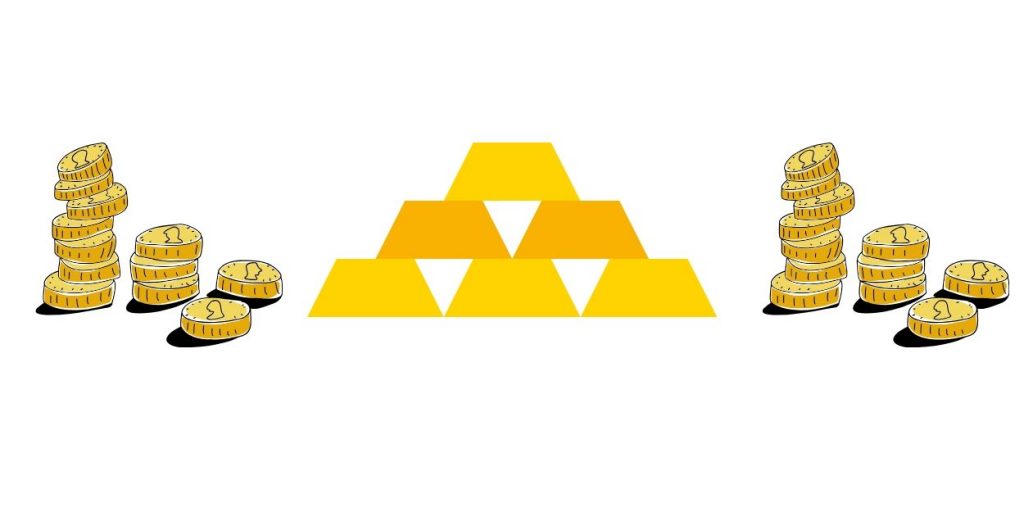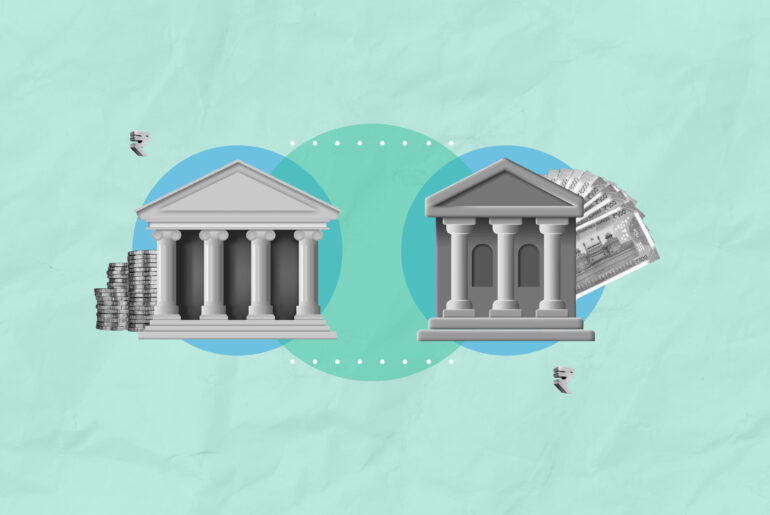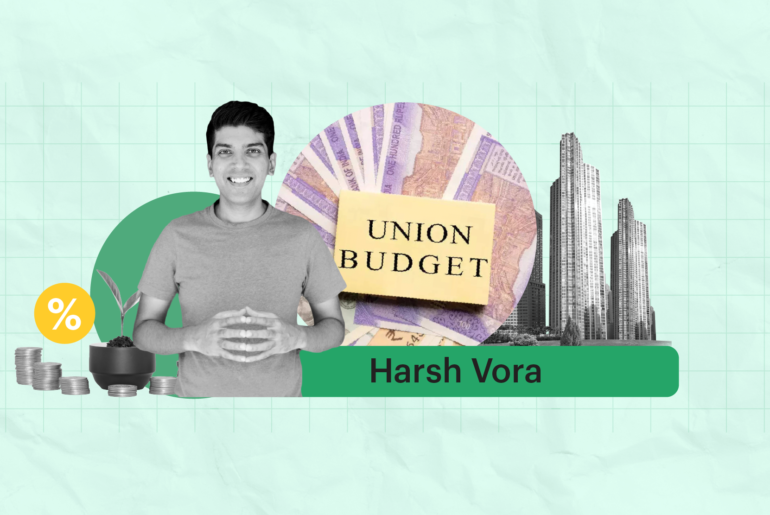Last Updated on Aug 25, 2020 by Aradhana Gotur
Gold price seems to be acting weird lately but, is it actually?
- First, the yellow metal’s price shot because of geopolitical tensions around the US-China trade war and a depreciating rupee
- Then the price became volatile until two weeks ago when it plunged along with stocks. To be more specific, the global stock markets were brutally hurt following a massive sell-off by investors, who tried to cover their losses triggered by the impact of coronavirus by selling gold. However, this behaviour was against what happens normally during crises
- After a few days, gold price picked up and peaked its all-time high of Rs 45,724 on 7th Apr. Why? Look back and you’ll see that a similar investor behaviour during the financial crisis of 2008. At the time, gold prices first fell and then became volatile before finally picking up after the RBI announced measures to simulate liquidity and revive the economy.
Table of Contents
But why did prices fall before peaking?
Since time immemorial, gold has been the go-to investment, especially for conservative investors. When stocks lose their lustre during crises, gold–a safe haven that it is–becomes a readily attractive investment for investors across most risk categories.
However, gold didn’t help investors ward off their losses due to a plunging price. As a result, in mid-Mar, investors resorted to selling the yellow metal instead of holding it as a hedge against market volatility. On 28th Feb 2020, gold price fell as low as 5%, the most in ~7 years. The most apparent reason for this was that investors were selling gold for cash.
Also, the demand from China and India, who mostly buy gold in person than online and have a combined annual demand of ~1,000 metric tons of gold, decreased due to the lockdown. Add to this the global lockdown and you will know why the demand for gold further plummeted.
As stocks registered huge losses and gold followed suit, investors liquidated their investment in gold to set-off losses from other asset classes and hoard cash.
Fast forward to now
With the deadly virus tightening its grip across the globe, gold prices touched an all-time high on 7th Apr. In fact, the yellow metal has generated 29.7% returns in 2020 so far. Apart from the trade war and COVID-19 pandemic, a weaker rupee also drove gold prices north, making it a lustrous avenue for investors to secure their wealth.
What is supporting the gold prices now?
Gold has been performing better lately and here’s what has been supporting the rally:
- COVID-19 continues to impact the stock markets and the economy forcing investors to invest in safe havens
- The government announced a slew of financial measures[MOU4] to curb the impact of the deadly virus’ on the economy. These include rate cuts and liquidity measures to ensure credit availability for the productive sectors of the economy, whose role is crucial in reviving the economy
- Heavy inflow into ETFs at the SPDR Gold Trust where holdings accounted for 984.26 tonnes on 6th Apr compared to 964 tonnes a week ago
What can you expect?
Though the gold price has been rising significantly in the last few days, experts opine that the 6-8 month period after the virus is contained will bring a lot more sheen to the yellow metal.
Hold, buy or sell gold: what should you do?
Amid such times, it is natural for you to ask if you ‘should hold gold, buy more or sell it off?’ and the answer goes like this. It is good to get your fundamentals straight, look far and look beyond. As experts say, you can consider investing 10% to 15% of your portfolio in gold.
Remember that the market is sensitive now but it would gradually recover as the impact of the virus starts fading away. Say analysts, that hopeful indications about the diluting impact of COVID-19, especially from the US, would help global investor sentiment.
- Best Performing Index Funds in India (2025) - Jun 5, 2025
- Issue of Shares – Meaning, Types, Examples and Steps - Jun 4, 2025
- Banking Mergers in India – List of Merged PSU Banks, Advantages, and Challenges - Jun 3, 2025





